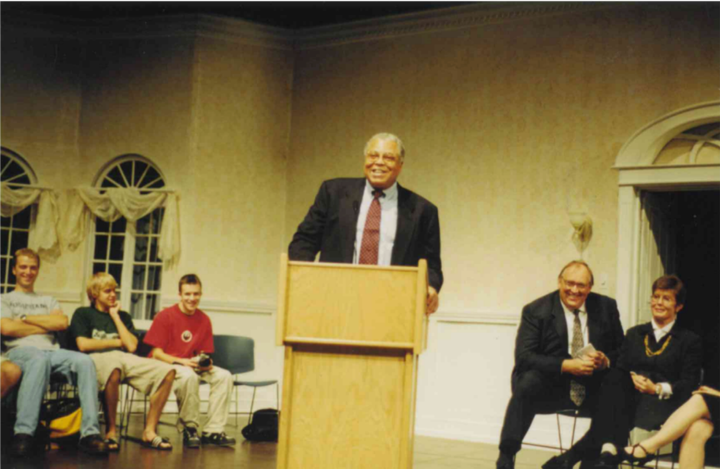One gunman, 58 dead and 489 injured: How can we curb gun violence?
Until new gun laws, know the red flags signaling a potential shooter
KAATJE WEILAND
kpweiland16@ole.augie.edu
According to the Gun Violence Archive, as of Oct. 8, there have been 277 mass shootings in 2017. They define a mass shooting as four or more people shot and/or killed in a single event, at the same general time and location, not including the shooter.
After the Las Vegas shooting, the deadliest mass shooting in United States history, Jimmy Kimmel used his late-night monologue to push for gun control by comparing it to a fire he witnessed as a child at a hotel in Las Vegas: “It was horrible, right? I mean 85 people died. You could see the fire. I was thirteen years old. I’ll never forget: a man jumped out the window. It was a terrible thing to see.
And then a few months later there was a fire at the Hilton and five people died. So you know what they did? They changed the laws. They made major changes to the fire safety codes and it hasn’t happened again.
Why would we approach this differently? It’s a public safety issue. Something needs to be done already. So tell your Congress people to do something.”
However, although gun control is an important topic in this discussion, it is also vital to keep in mind that creating stricter gun laws on a federal level is not the only way to address the issue.
Federal laws could help prevent gun violence, but what can the regular, everyday person do to make a difference?
The Sandy Hook Promise Organization stresses the importance of knowing the signs of a potential shooter, especially online. According to Sandy Hook Promise, most mass shootings are planned for six months to a year.
In almost every documented case, warning signs were given off that were not understood, were not acted upon quickly or were not shared with someone who could help. In four out of five school shootings, at least one other person had knowledge of the attacker’s plan and failed to report it.
Some of the most common signs of a potential shooter that Sandy Hook lists are being over-aggressive, lacking self-control, chronic social isolation, threatening behavior, antisocial behavior, a strong fascination or obsession with firearms, real or perceived feelings of being picked on or persecuted and overt threats.
Although Sandy Hook focuses mainly on recognizing behavior in young people, there are also recognizable signs in adults.
According to research from Everytown for Gun Safety, 54 percent of mass shooting cases from 2009-2016 were related to domestic violence. Recognizing violent or threatening behavior and reporting it to the proper authorities can prevent gun violence before it starts.
While gun laws at a state or federal level to keep firearms out of the hands of domestic abusers or those who have shown at-risk behavior or everyone could help prevent future gun violence, even taking the time to make sure that every individual knows how to identify at-risk behavior could prevent gun violence.
One cannot report that someone is at risk if they do not know what that means. Gun violence could be prevented with laws, but on a person-by-person level, people can make a difference by watching out for at-risk behavior.



